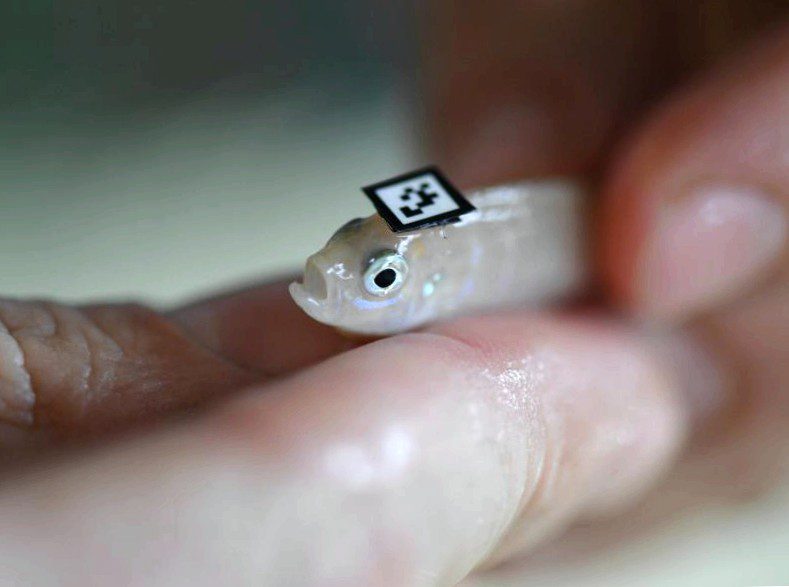Researchers study swarm behavior

At first glance, the small fish seem a little disoriented. The cichlids swim back and forth in their tank, and every now and then an animal leaves the group but soon returns.
Alex jordan sees more in the movements of the fish than just simple swimming around – the biologist conducts research at the university of konstanz on how animals behave in black pools. Specifically, they look at how the group influences the behavior of the individual and vice versa.
"Thanks to new technology, we are also able to explore collective behavior in a new way," says jordan. In the past, the focus was mainly on individuals – simply because it was not possible or very time-consuming to observe an entire group at the same time. "Before, the rule was: one diver, one fish. Now we are using technical possibilities, for example, to study the movement of the animals in the swarm, for example, by using several cameras."
In 2016, a top research center for the study of swarm and collective behavior was established at constance university, where behavioral biologists and experts from the fields of computer graphics and data analysis are working together. Based on the analysis and visualization of movement data of large animal swarms, the scientists want to create new approaches for the study of swarm behavior and group dynamics in animal collectives. In one experiment, for example, the scientists led by jordan examined how information is passed on within the group.
In essence, it works like this: one of the cichlids is taught, with the help of conditioning, to distinguish between yellow and blue light – if one color glows, there is food, if the other glows, there is no food. If the fish returns to the group, the other animals can learn from it by gradually copying its behavior. So that the individual fish can be recognized, they wear a small plate with a kind of barcode on their heads.
The researchers observed an interesting detail: when the fish dances out of line at the beginning of the experiment and swims towards the yellow light towards the other group members, because only it knows that there is food there, the other animals in the shoal are more likely to notice this if it is a subordinate fish. "The dominant animal swims back and forth a lot anyway," says jordan. Therefore, the new behavior is not even noticed by the other group members as unusual at first.
But what do you do with such findings?? An example is given by jens krause from the leibniz institute of aquatic ocology and inland fisheries (IGB) in berlin. Together with his team, the scientist derives models for the dynamics of crowds from the swarm behavior of fish, for example. "For example, we looked at how animals move in groups."The researchers found that a few animals with a directional preference are sufficient to control a group. The scientists tested this on groups of up to 200 people. "Here, too, rough groups can be steered if a few know where to go."
But swarm research also provides valuable information on decision-making processes: "we looked at how doctors diagnose breast and skin cancer," says krause. In a second step, the researchers investigated how this recognition can be improved using methods of collective intelligence. The result: when you combine the opinions of at least three medical professionals, the result can be better than the best single doctor in the group. In humans, too, decisions made collectively often turn out better than the choices made by individual fighters.